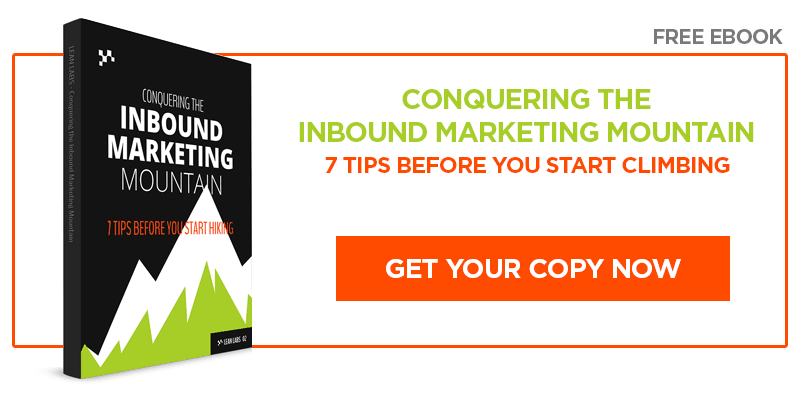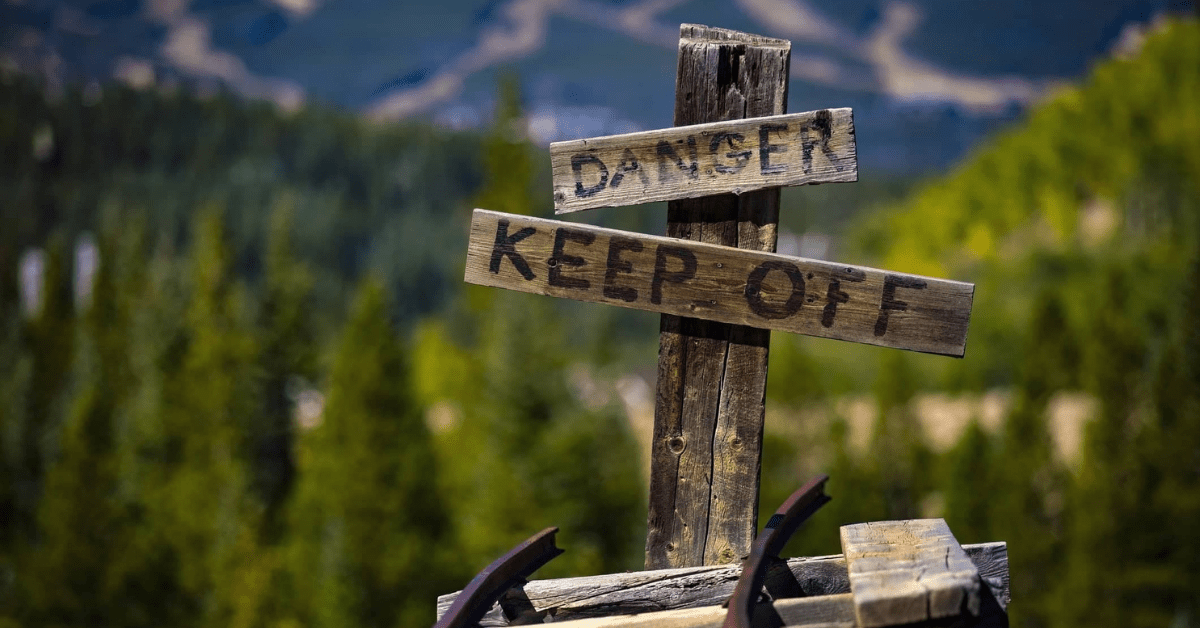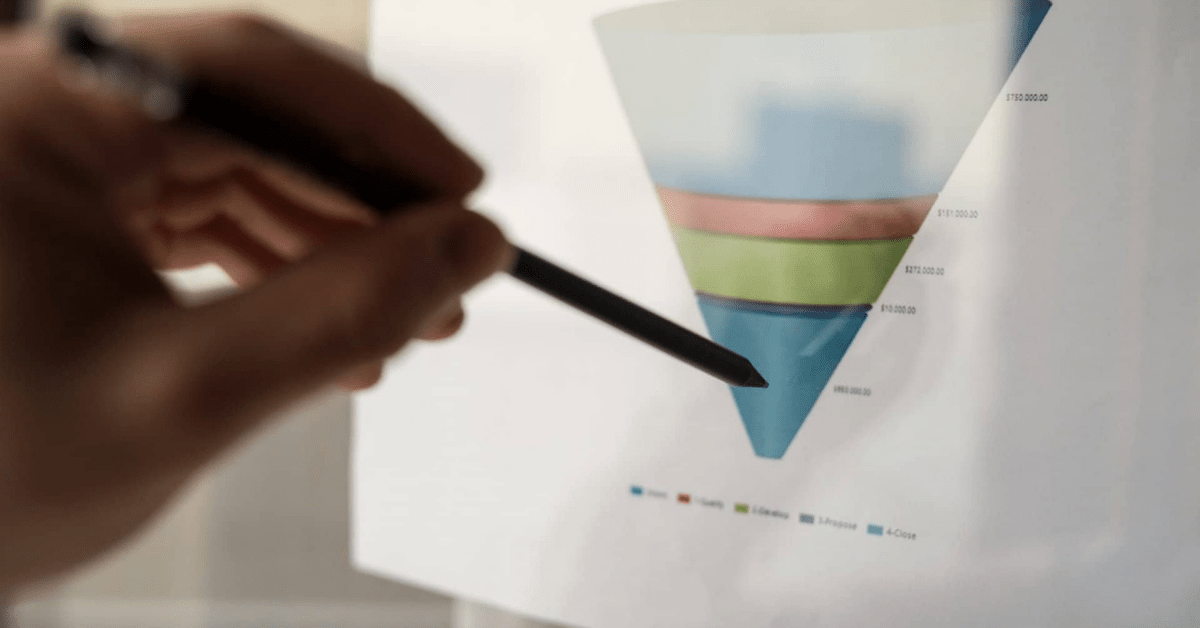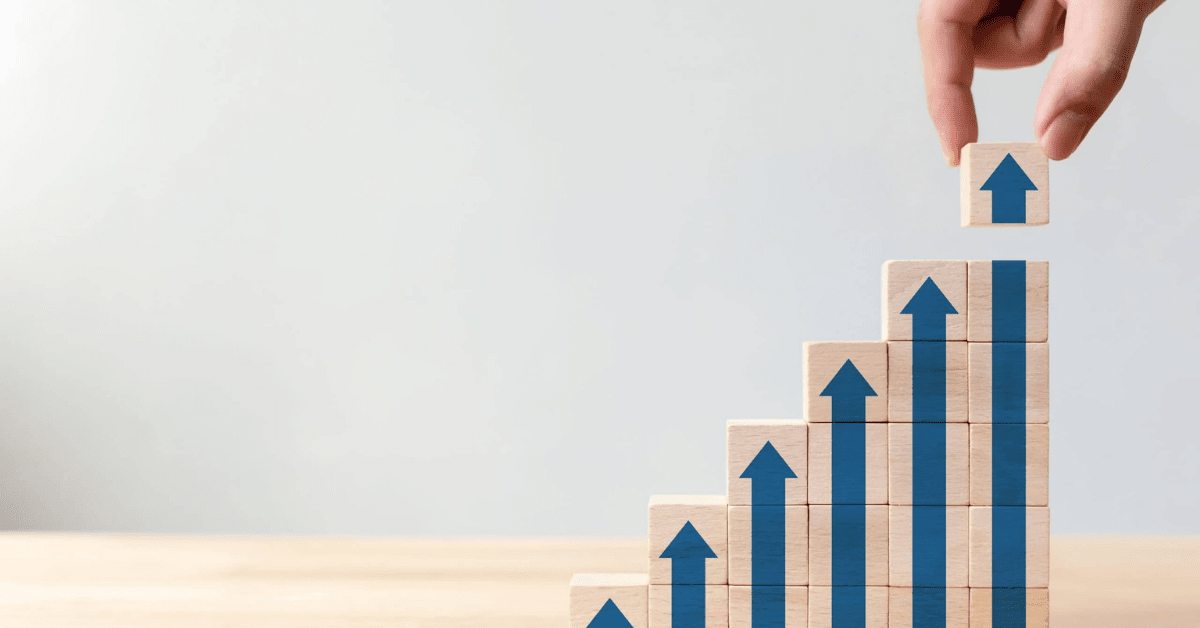Here’s the truth: when you're a new brand, there are no get rich quick schemes for building brand awareness. You can't hack your way into it.
Consider the trajectory of well-known companies like Uber, Netflix, and Airbnb. They’re household names now, but it took years before people knew to get an “Airbnb” instead of a hotel room.
People didn't instantly start ordering Ubers instead of hailing a cab.
No one immediately canceled their cable to get DVDs in the mail.
It takes time to build that kind of brand awareness and loyalty.
But that doesn't mean you're powerless in building brand awareness. Like anything else in life, it takes persistence and discipline. And the sooner you start, the better. If you don’t find a way to get in front of your audience and create that brand awareness, your competitor will. They're probably working on it right now.
If you want to get on the right track quickly, these two key tactics are going to be essential.
Building Brand Awareness: Omnipresence, Velocity, And 10xing
When it comes to building brand awareness for a new company, you want to focus on two things: omnipresence and velocity.
Omnipresence is being on all of the channels and platforms your audience is on.
Velocity means that you're frequently delivering on those channels.
And every bit counts. Because once you begin to gain traction and build that brand awareness, you can put your efforts into hyperdrive.
We call this 10xing. 10xing is a process we use all the time to build up momentum and steadily increase traffic, leads, opportunities, and customers by 10% more every month.
You hit a point of growth, then, you take off like a rocket.

You can read more about our 10x process here, but here's why 0mnipresence and velocity are critical in achieving this kind of massive growth.
1. The Law of Familiarity
You see the "law of familiarity" at work in marketing all the time.
It's simple. You trust the things you know.
It's why customers are more willing to shop from companies they’ve bought from previously. They trust that they'll get the same brand experience as they've always gotten. If you want to grow, you want to build this kind of trust with your audience.
It starts by getting in front of them all the time. You do this by being on all the channels they use, and frequently publishing and engaging with your audience on those platforms. You need to appear in places that they’ll see time and time again. The more they see you, the less they fear you.
2. The Benefits Of Omnipresence
There has always been competition in business, but nowadays, it's at a whole new level.
Walmart isn't just competing with Target, it's competing with eBay and e-commerce shops. It’s competing with Shopify stores. We no longer only have Netflix, but we have Hulu, Amazon Prime Video, HBO Go, Apple Watch, Facebook Video, and Disney's soon to launch streaming channel.
Customers have all of the options in the world.
That's why omnipresence is such a critical part of building brand awareness. Your customer needs to notice you wherever they go.
I feel like SEMrush, the competitive research and keyword tool haunts me because I literally see them everywhere:
SEMrush Facebook Carousel Ad
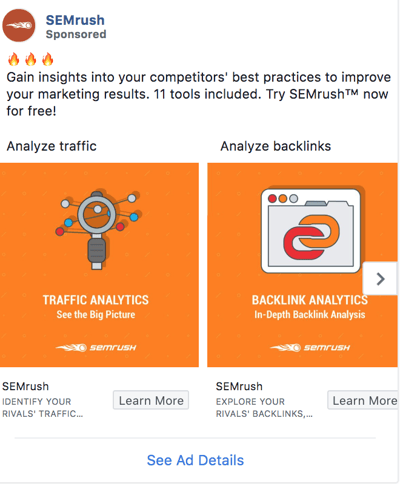
I like this ad because it shows all of the features SEMrush has to offer, and you get to try the platform for free.
SEMrush Twitter Ad
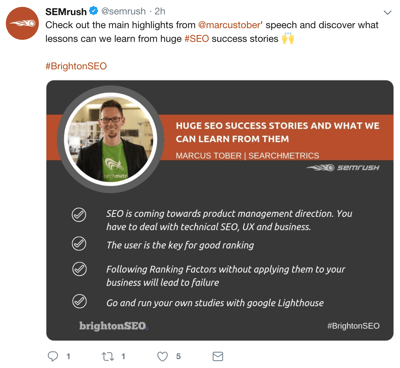
I love the template that SEMrush uses on Twitter to recap event speakers. Conference attendees (at least at digital marketing conferences) tweet out quotes and takeaways. SEMrush has them all on one neat visual.
SEMrush Instagram Post
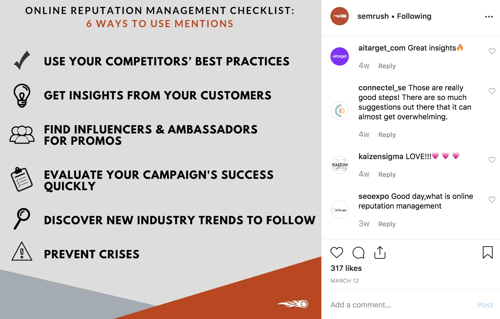
Here's another great example of SEMrush at work. It's a pretty graphic with concise tips for proper online reputation management. I also really like this post they did about how many people search for Nutella, by state.
SEMrush YouTube Lessons
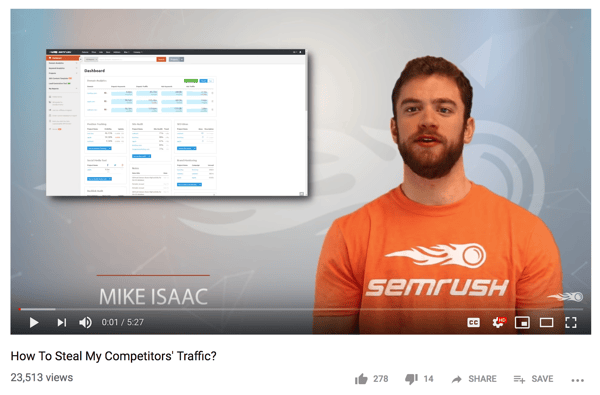
Who wants to steal their competitor's traffic? Me. And SEMrush tells me how to do it (and a lot of other helpful things, such as how to launch and promote a new product using social media.)
SEMrush LinkedIn
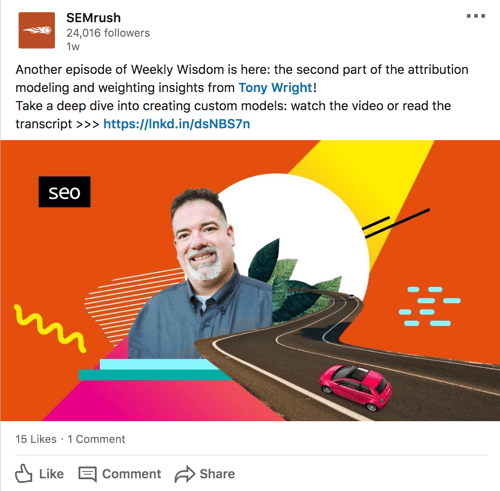
And if you notice, they're not posting the same content per channel. Everything is different and unique.
HubSpot is also really good at this. If you pay attention to their channels, you'll start to notice they have a specific style of posts, videos, podcasts or graphics for each.
HubSpot Instagram
HubSpot's Instagram has a ton of motivational quotes, illustrations, and marketing term definitions.
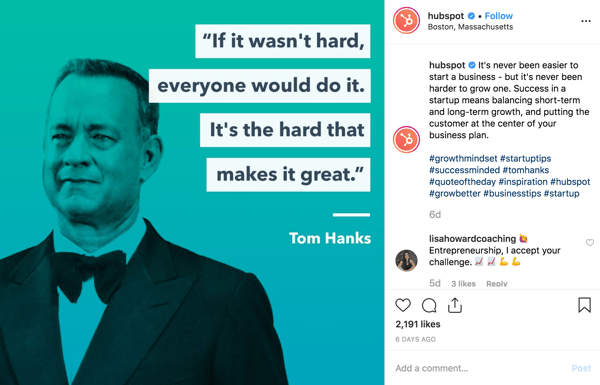
HubSpot YouTube
HubSpot's YouTube is a thing of beauty, with different channels for how-tos, clips from Inbound conferences, and topics that their ideal customer would simply find interesting.
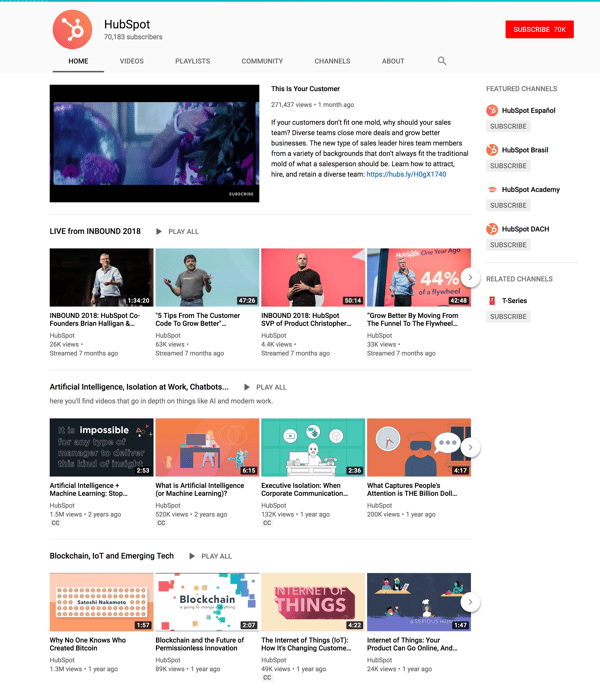
Because brands that post the same material across channels are like that person you know with only one story.
It could be the time they sat next to John Stamos on an airplane or that "hilarious" time that they fell out of their office chair. They always tell that same story or joke. And it’s annoying.
Now, compare that with someone who always has a new story to tell. There’s a new adventure or anecdote whenever you see them. Whenever you talk to them, you walk away feeling inspired. They're the most interesting person you know.
You want to play that role for your customer. Not only do you want to be in front of your customer all the time, but you also want to create or repurpose content that fits each platform.
3. The Power Of Velocity
Once you master content by channel, you want to deliver and promote that content frequently. In my experience, a lot of people get stuck here and never gain the velocity they need to gain enough brand awareness, because:
There's no time to produce that kind of content.
It's not that important to hit all of those channels.
Isn't that we automate our social?
First, there's never time unless you make it. Second, it is important to have a consistent presence on all of those channels, and third, automation has its purpose - the purpose is not to engage with your customers.
Velocity may seem difficult to master, but if you start small, over time, you'll build up the momentum to do it. I like to reference one of my favorite books, Atomic Habits when I'm talking about developing this kind of consistency.
“All big things come from small beginnings. The seed of every habit is a single, tiny decision. But as that decision is repeated, a habit sprouts and grows stronger. Roots entrench themselves and branches grow. ”
All it takes to ramp up your frequency across channels and platforms is a little bit of effort each day, which requires:
- A month's worth of backlogged content
- A plan to automate 30% of your content, and assigning 70% of the content distribution and promotion to your team
- A daily or weekly system to manually publish, distribute, and engage
To me, manual publishing and distributing means hitting channels that are not best automated.
For example, you can't automate Quora. You need to get in there and roll your sleeves up. And you can't automate (or at least, you shouldn't) comments on Facebook and Twitter.
Even if you publish one amazing reply to a customer tweet, leave a great comment on one Instagram post, or write up an exceptional Quora answer, over time, it's time better spent than auto-publishing a bunch of sub-par content.
I started answering questions on Quora only a few short months ago, answering only one question really well each day. To date, I have 8.9k answer views. Imagine how many people know me who didn't know me before.
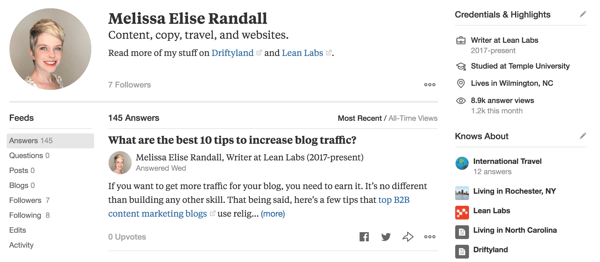
Now imagine how many of them would forget me if I didn't keep going.
Building And Growing Through Brand Awareness
When building brand awareness, you need to be everywhere. You also need a killer inbound marketing strategy. Because once you start attracting the attention of potential customers with your brand awareness efforts, Inbound is the best way to reel them in. With inbound marketing, you can easily convert those visitors into leads and start landing customers.
